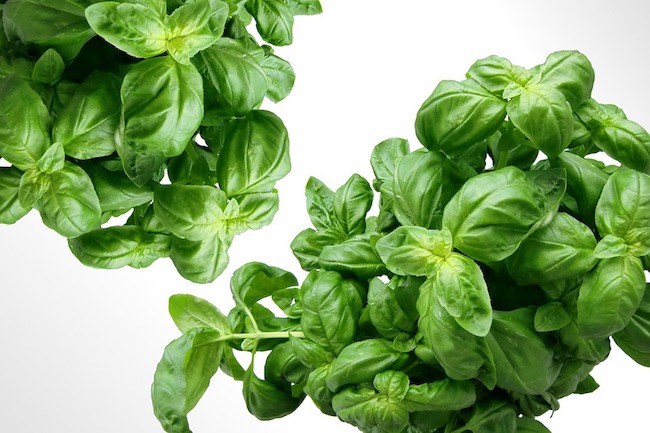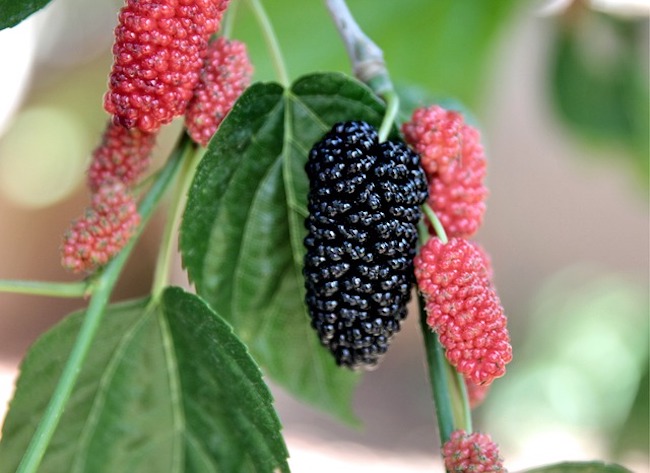Healing superfoods: 6 Natural antiviral herbs to grow in your home garden by: Zoey Sky for Natural News
The human virome is made up of at least 380 trillion viruses. Some of these viruses can harm you, but others may benefit your body by coexisting within it.
Since birth, viral infections have a crucial role in human disease and survival. At least 50 percent of what’s in your body, like bacteria and viruses, may not be your own biological matter.
In today’s modern and fast-paced technological world, a high population density with shifting commodities makes it easier for dangerous pathogens to spread globally, as it did amid the Wuhan coronavirus (COVID-19) pandemic.
To boost your immune health naturally, incorporate the following antiviral herbs into a balanced diet and grow them in your home garden for easy access.
Basil
Particular varieties of basil, especially holy and sweet basil, can help protect you from viral infections.
Holy basil, commonly called tulsi, may improve immune response to viral infections, inhibiting the interaction between SARS-CoV-2 Spike S1 and ACE2. According to results published in the 2021 Journal of Neuroimmune Pharmacology, the compound eugenol is responsible for boosting the immune system in this study.
In an older comparative study published in the journal Clinical and Experimental Pharmacology & Physiology, sweet basil extracts that contain compounds like apigeninand ursolic acid have been shown to exhibit powerful antiviral effects against conditions like enterovirus, hepatitis B and herpes.
In a systematic review published in 2017 in the journal Evidence-Based Complementary and Alternative Medicine, data from a clinical four-week study showed that volunteers who supplemented with 300 milligrams of tulsi extract experienced increased levels of natural killer and helper T cells.
These immune cells help protect your body against viral infections.
Here are some tips on how to incorporate basil into your regular diet:
- Chop up basil for delicious salads.
- Top pizza with whole basil leaves.
- Finish pasta with whole or thinly sliced basil leaves.
- Blend basil to make sauces.
- Puree basil and add it to soups.
- Use basil leaves to garnish avocado toast.
Fennel
Fennel is a member of the carrot family and tastes a little like licorice. According to research, fennel has antiviral activity against certain viruses.
In a 2014 test-tube study published in the journal Biomedical Research International, researchers reported that fennel extract presents powerful antiviral activity against parainfluenza type 3 (PI-3) and herpes viruses. PI-3 is linked to respiratory infections in cattle.
A 2011 article published in the journal Evidenced-Based Complementary and Alternative Medicine revealed that fennel essential oil contains the chemical constituent trans-anethole, which also presents antiviral effects against herpes.
The Korean Journal of Physiology and Pharmacology published animal research conducted in 2015 that showed fennel can potentially help reduce inflammation and boost the immune system, thus preventing viral infections.
Garlic
Garlic is a member of the Allium family. It is related to chives, leeks, onions and shallots. It’s often used as a home remedy for many conditions, like viral infections.
Data from an older study published in the International Journal of Dermatology examined the efficacy of garlic extract applied to warts caused by human papillomavirus (HPV) twice daily. Results showed that warts were eliminated within one to two weeks in all 23 volunteers.
A 2014 review on the therapeutic effects of garlic published in the Avicenna Journal of Phytomedicine found that garlic presents antiviral activity against HIV, herpes simplex virus type-1 (HSV-1), influenza A and B, rhinovirus and viral pneumonia.
Research published in the Journal of Immunology Research revealed that garlic also contains anti-inflammatory compounds that stimulate an immune system response which could help fight viral infections. Note that these results were based on animal and test-tube studies, not human trials.
Lemon balm
Lemon balm is a part of the mint family popular for its lemony zest and taste. Lemon balm is often used in dressings, seasonings and teas.
The herb also has potent medicinal qualities and it contains plant compounds that benefit the body through antiviral activity. According to 2016 findings published in the journal Virusdisease, these compounds may be effective against the influenza A virus.
Test-tube studies have also shown the antiviral activity of lemon balm against bird flu, enterovirus 71, herpes and HIV-1. Results of the test-tube studies were published last year in the Journal of Pharmacognosy and Phytochemistry.
Oregano
Oregano’s antiviral properties have been traced to carvacrol, a chemical compound that belongs to the mint family.
According to research published in the Journal of Applied Microbiology in 2014, both oregano oil and carvacrol decreased the activity of murine norovirus (MNV) within 15 minutes of exposure to the virus.
MNV is extremely contagious and a main cause of stomach flu.
In a 2011 study published in the Brazilian Journal of Microbiology, scientists discovered that oregano oil and carvacrol had antiviral activity when used against the HSV-1, respiratory syncytial virus (RSV) and rotavirus.
Sage
Sage is a part of the mint family and the herb is often used in traditional medicine to treat viral infections.
Based on 2008 findings published in the journal Springer Nature’s Retrovirology, aqueous extracts from sage, lemon balm and peppermint present significant anti-HIV-1 activity by raising the virion density. Data showed that HIV-1 was severely impaired after being treated with Lamiaceae extracts, which come from the mint plant family.
According to a 2014 review published in the Journal of Traditional and Complementary Medicine, the sage species may have therapeutic potential that can be used to provide natural solutions for the relief or treatment of life-threatening diseases like cancer, dementia, heart disease and lupus. Sage also can be used to treat common health complaints.
A 2017 analysis of the pharmacological properties of sage published in the Journal of Traditional and Complementary Medicine revealed that the antiviral activity of sage can be traced to safficinolide and sage one, which are found in the stem and leaves of the plant.



